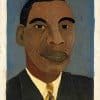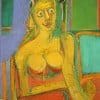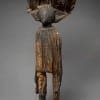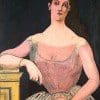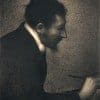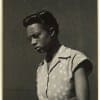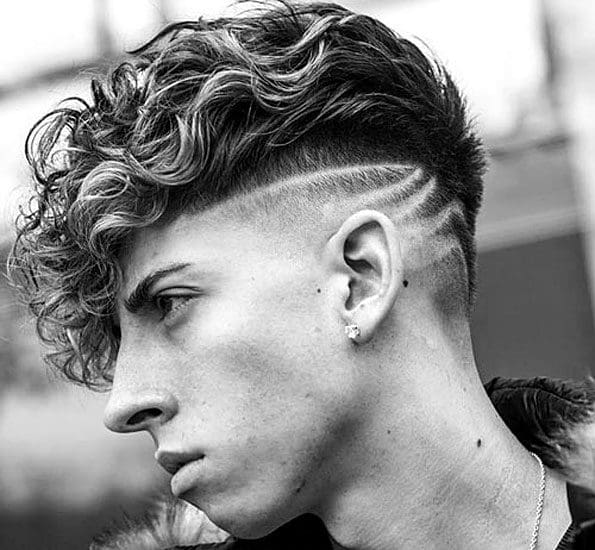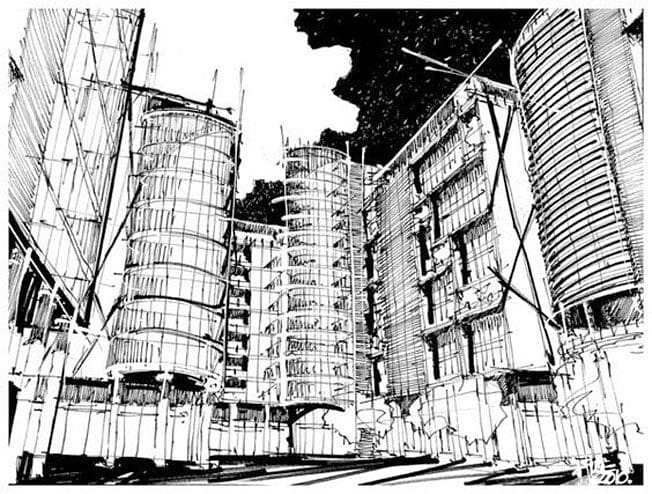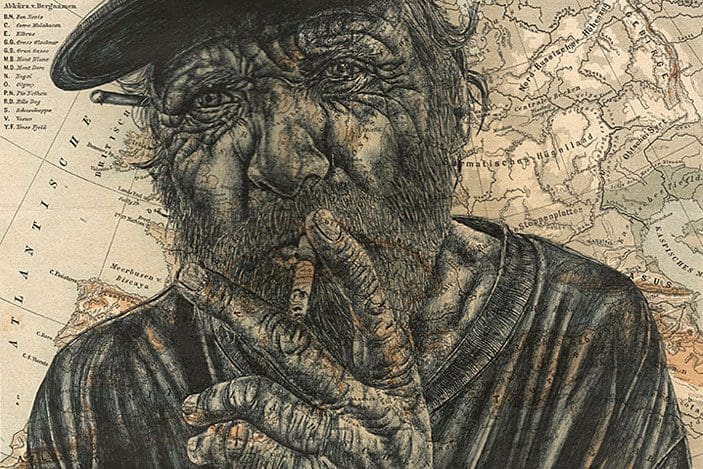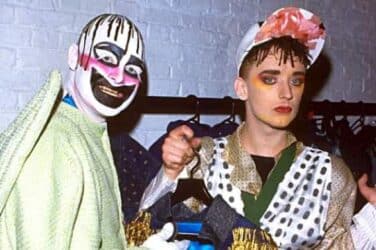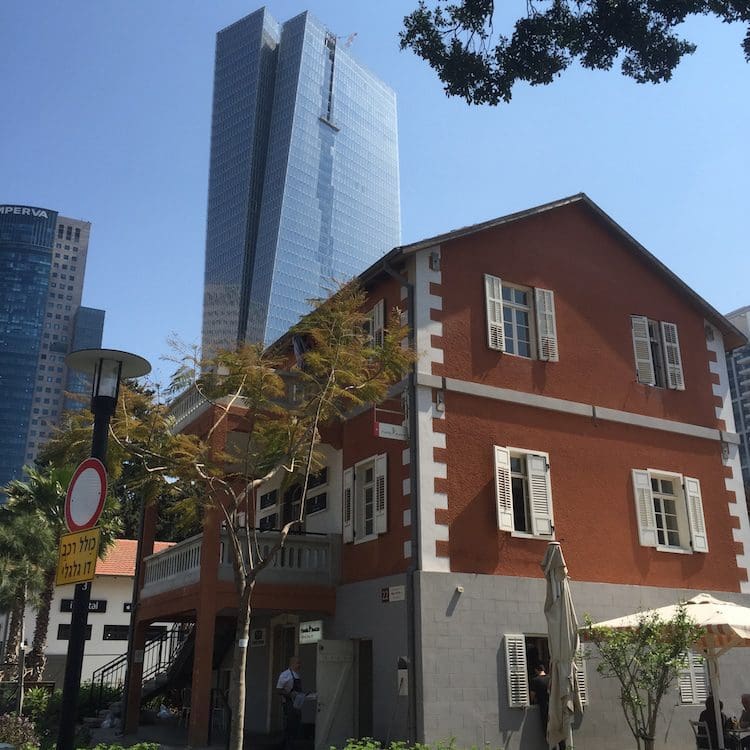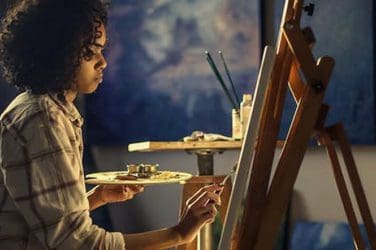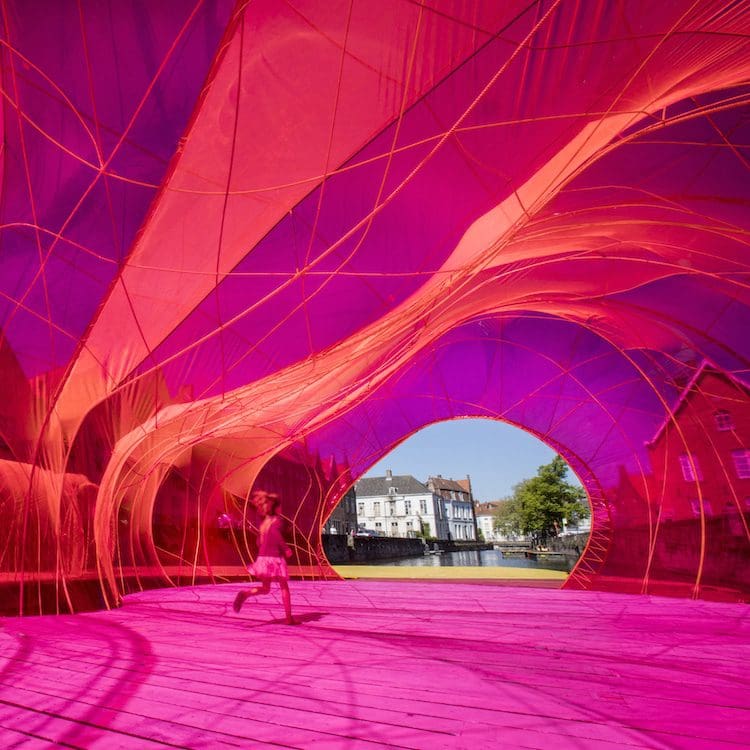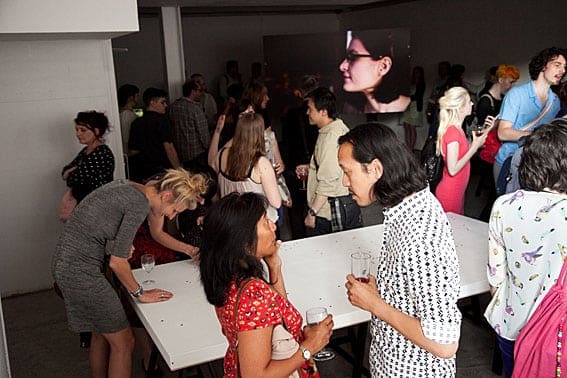The black body in art – Kerry James Marshall: Mastry at the Met Breur – Siima Itabaaza
In a 2014 lecture at the Portland Museum, artist Kerry James Marshall spoke about the importance of images:
“The image is everything. Most of what we believe is based on things we see. And the things we see the most establish in our consciousness a paradigm of what’s supposed to be there.”
For him, the image is instrumental in determining what we regard as desirable. Throughout time, imagery has rendered black bodies undesirable. From colonial imagery that depicted black people as savage to photographs of black people being lynched by the Ku Klax Clan, black bodies have been portrayed as undignified and unsightly.
Images courtesy of the Met Breur
Countering negative representations of black people, particularly within Western painting, has been one of the key concerns in Marshall’s work. He has devoted his work to reconfiguring the place of black bodies within the art canon. Now Kerry James Marshall: Mastry, a retrospective at the Met Breur, surveys the artist’s 35 year career. Set over two floors of the museum, the exhibition features nearly 80 works by Marshall. Alongside his own work, Marshall has selected 40 works from the Met’s collection that reflect his vision of art history.
Marshall has seen many defining moments for black people in the U.S during his lifetime. He was born in Birmingham, Alabama in 1955. Birmingham was the site of some of the most atrocious crimes committed by White Supremacists against black people, including the 1963 KKK bombing of a Baptist church that killed four young girls. Consequently, the city became the centre of the civil rights movement which sought to end racial segregation and discrimination against black Americans. In 1964, Marshall’s family moved to Watts in Los Angeles where they lived for a year. The following year, the Watts riots broke out against police brutality. For Marshall, witnessing these significant events meant that he had a “social responsibility” with his work.
The exhibition’s title is a spin on ‘Rythm Mastr’, a comic strip that Marshall created in the 1990s. This comic forms part of the show and is displayed in light boxes. ‘Rythm Mastr’ was Marshall’s response to the paucity of black superheroes in the comic world. Marshall models the superheroes in his comic on a pantheon of Yoruba gods, known as the Seven African Powers, that are commonly represented in sculpture. Scholars like Jacob Olupona and the artist himself note that there is a tendency for western museums to encourage viewers to look at art objects from Africa as static. Reanimating these deities locates them and the art objects that embody them within their contexts as interactive beings that are essential for community life.
Looking at Marshall’s paintings, we are immediately struck by his use of the colour black. It brings to mind racist acts such as blackface. Perhaps this is most evident in a self-portrait entitled A Portrait of the Artist as a Shadow of His Former Self. This painting is inspired by Ralph Ellison’s 1952 novel The Invisible Man, whose protagonist is aware that his blackness makes him unseeable in the eyes of White America. The painting uses blacks and greys against an equally dark background. White is the only other colour used in his eyes and teeth. Here, the contrast between the dark and white colours, where the white is more obtrusive, reflects the power structure in the United States. Yet, his wide smile reminds us that he is proud of his blackness although it is eclipsed.
Celebration of blackness is always apparent in Marshall’s work. School of Beauty, School of Culture depicts the interior of a hair salon. Heart-shaped mirrors and golden decorations abound the room. Posters with the words ‘Dark and Lovely’ and the Black Nationalist flag appear in the reflection of the mirror. Created in the 1920s by the Universal Negro Improvement Association and African Communities League (UNIA-ACL), the flag is a symbol of self-determination in the face of White Supremacy. Marshall uses the flag to situate the scene in the politics of identity and to reaffirm black pride. Hair has always been an ideological battlefield where the natural textures of black hair have been despised in favour of straight, white hair. While some women in this painting are getting their hair done, others are in the centre of the salon. One woman, with one hand on her head and another on her waist, appears to be striking a pose. Besides her are two infants and an anamorphic head of Disney’s Sleeping Beauty that is reminiscent of the distorted skull in Holbein’s The Ambassadors (1533). Just as in The Ambassadors where the two male subjects seem oblivious of the skull, the woman also seems unaware of Sleeping Beauty. However, one of the infants is hypnotised by its haunting presence. Sleeping Beauty does not cast a shadow on the celebratory mood in this painting. Instead, it reminds us of the ideal standards of beauty that black women have been pitted against and challenges us to consider beauty in its multiplicities.
Throughout the exhibition, Marshall forces us to “imagine a wide variety of possibilities in which that black body operates as normal.” We see black people relate in ways in which popular media does not usually allow us to see. Romance is a recurring theme with several paintings including Could This Be Love, Still-Life with Wedding Portrait, and Untitled (Couple Love) all featuring black couples enjoying one another’s company. In Untitled (Vignette), Marshall draws on decorative elements of the eighteenth century Rococo art movement to depict the sweetness of black love. Rococo paintings were distinct for their portrayal of romantic love without moralizing it. Past Times shows a number of black subjects participating in bourgeois leisure activities such as boating and golf that black people typically would not be associated with. As they partake in these activities, two speakers emit lyrics from the The Temptations’ ‘Just My Imagination (Running Away from Me)’ and Snoop Dogg’s ‘Gin and Juice.’ Perhaps these songs mock the shortsightedness of popular culture that refuses to see the normalcy of these activities for the black body. At the same time, the songs ask whether this lifestyle is nothing but fantasy.
The beauty of the works in this exhibition is utterly enchanting. It is almost impossible not to be gripped and moved by the celebration of black life. Despite giving us an alternative image of black people in the history of the United States, Marshall does not view black life through rose-tinted glasses. Rather, he does constantly remind us of the fetters of colonialism, slavery and institutional racism. Kerry James Marshall: Mastry in its unfaltering combination of fiction, fantasy and often a hard and difficult truth is a show that will remain etched in your consciousness.
Kerry James Marshall: Mastry is on at the Met Breur until January 29th, 2017.


